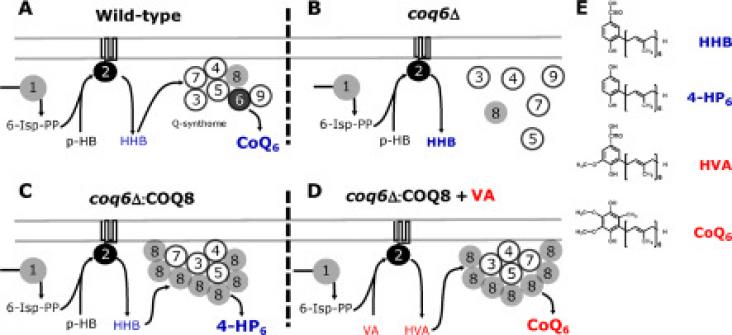
Adolescent Addiction (Second Edition), Epidemiology, Assessment, and Treatment, Practical Resources for the Mental Health Professional, 2020, Pages 215-240
Environmentalism and sustainability are two buzzwords that have come to represent an awakening of the people's collective conscience over the last two decades or so.
Evidence-informed Approaches for Managing Dementia Transitions: Riding the Waves, Volume , 4 February 2020
Evidence-informed Approaches for Managing Dementia Transitions: Riding the Waves, Volume , 4 February 2020
Evidence-informed Approaches for Managing Dementia Transitions: Riding the Waves, Volume , 4 February 2020
An Introduction to Interdisciplinary Toxicology, From Molecules to Man, 2020, Pages 353-361
An Introduction to Interdisciplinary Toxicology, From Molecules to Man, 2020, Pages 341-352

